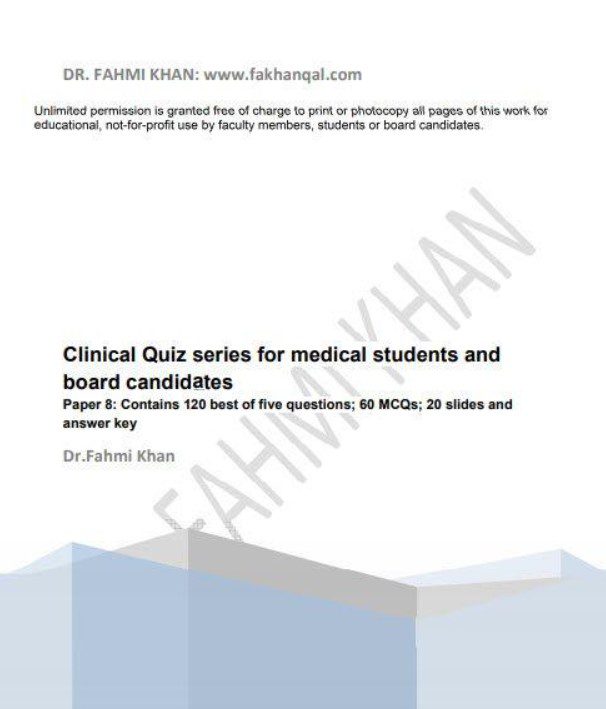Gmelin’s test for bile pigments:
Gmelin’s test is a specific test used for the qualitative detection of bile pigments in urine. The bile pigments i.e bilirubin and biliverdin are almost entirely excreted through the bile by the liver but in conditions like obstructive jaundice, where bile ducts get blocked, the bile pigments start appearing in the urine.
Gmelin’s test principle:
Nitric acid oxidizes bilirubin to biliverdin giving different colours from green to violent.
Gmelin’s test reagent:
- Nitric acid (HNO3).
Gmelin’s test procedure:
- Take 3 ml of concentrated HNO3 in a test tube.
- Add 3 ml of urine carefully along the side of the test tube without shaking, so that the two fluids do not mix.
Observations:
A display of colours from yellow, red, blue and green will be noted at point of contact of the two liquids, which indicates the presence of bile pigments in the urine.
Note:
Gmelin’s test is not sensitive so a positive result always indicates the presence of bile pigments but a negative result does not exclude the presence of small quantities of bile pigments.

Precautions:
To obtain a better result, follow the below steps.
- Before start performing experiment make sure to wash the apparatus before and then after the experiment.
- As always, carefully handle all the chemicals in the laboratory.
- Avoid urine touching with hands while doing the experiment.
- Use test tube holder for holding test tube.
- The test tube used should be clean neatly and free of any dirt and chemicals because we will not get the proper result then, so try to use a clean and clear test tube for a correct result.
- After experiment place the apparatus in their respective place.








is very important to do test for bile pigment